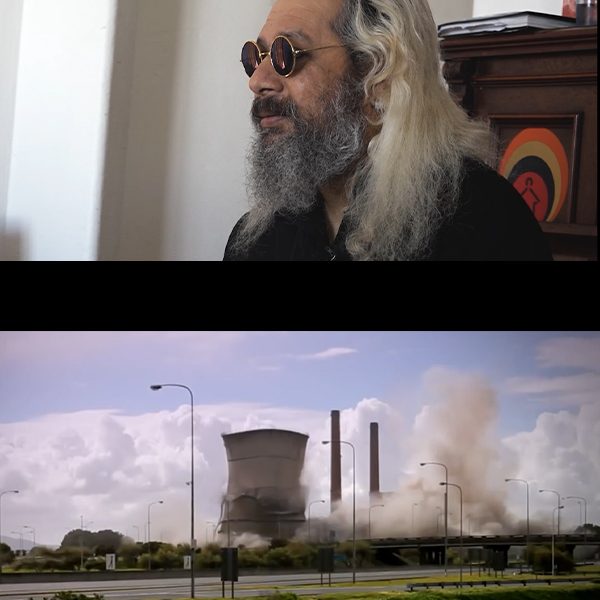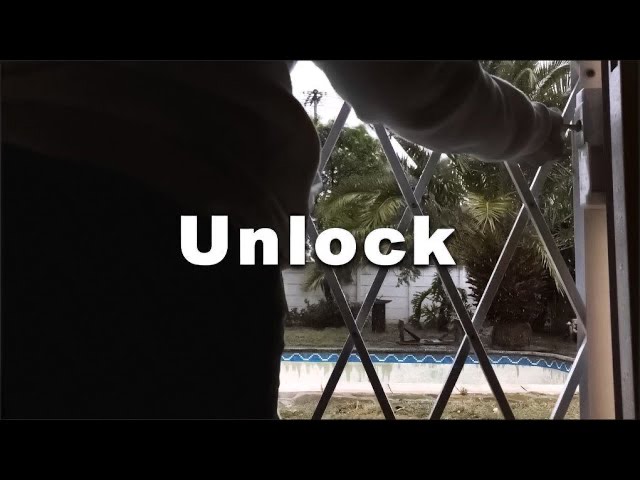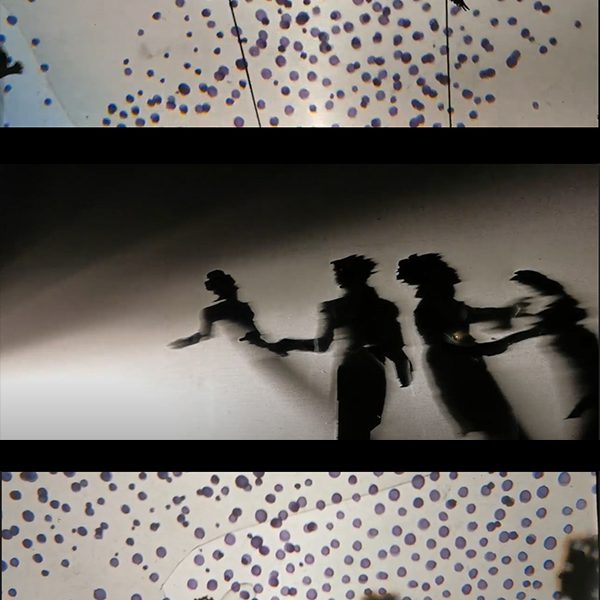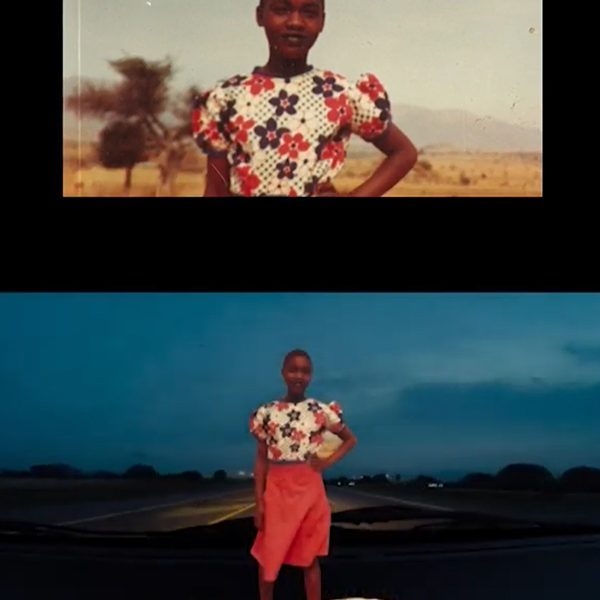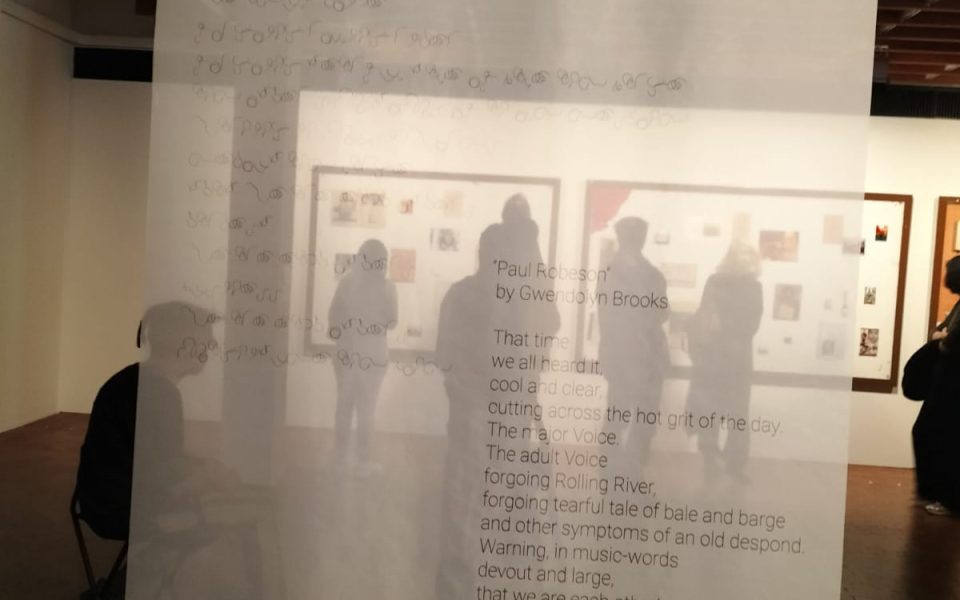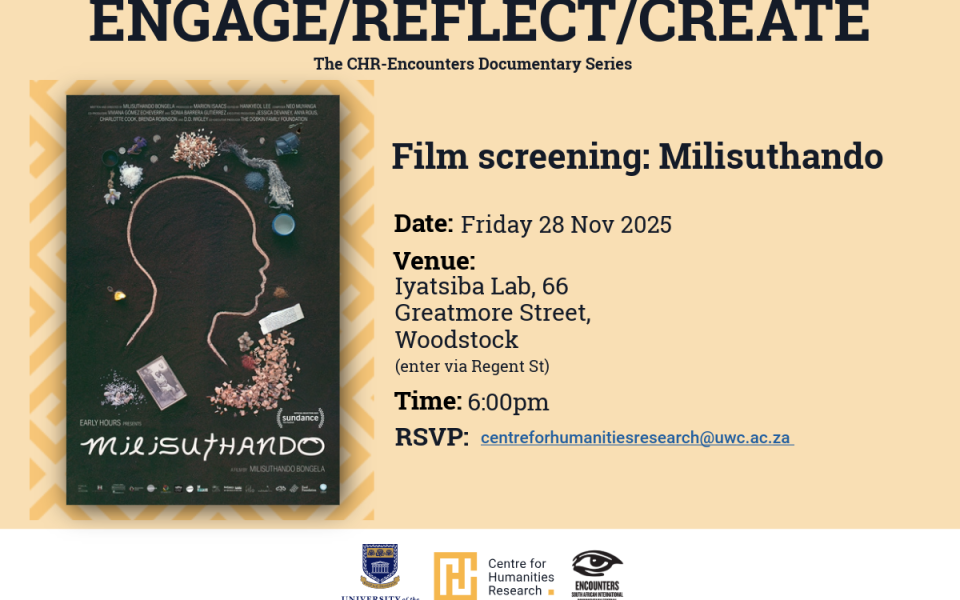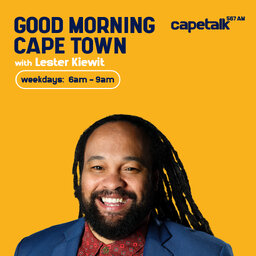Spotlight on Documentary
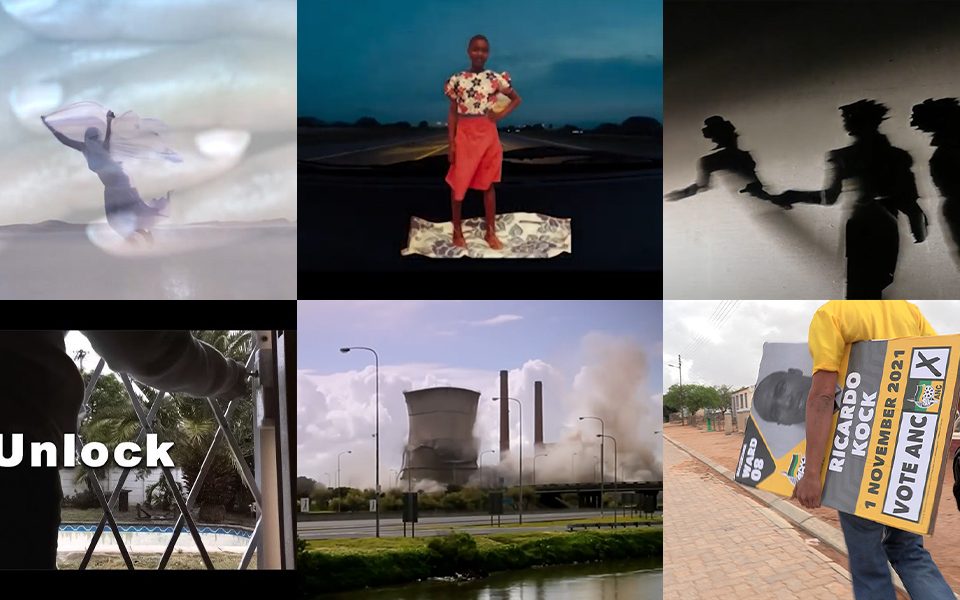
The Documentary Film Project at the CHR is key to rethinking the humanities PhD, incorporating audio-visual content into a reimagining of an aesthetic education.
As a model for aesthetic education, documentary is a unique form that can combine several modes of expression to connect research, political intent, and aesthetic method. The Documentary Film Project, convened by François Verster as part of the Communicating the Humanities research focus at the CHR, has been developed over several years, becoming a very important way to think about what a documentary film education can look like when located in a university that gives technical training without relinquishing the idea of documentary as a space for pure thought. Building on existing strengths, the 2021 programme ventured in a new direction, bringing together a core group of those keen to make films in relation to research while establishing broader connections to the UWC community and to professional filmmakers.
Exploring the complex relationship between theory and practice, participants experimented with applying audio-visual frameworks to existing research pursuits that usually take a more discursive, written form. The reading group component of the programme in 2021 also worked through texts that interrogate how documentary film is conceived, that expand on documentary as a medium of thought, and that elaborate on how documentary offers alternative notions of the sensory. Participants of the group produced a series of highly innovative works, many of which were screened in December 2021 at the documentary showcase (synopses listed below). Several of those listed here remain works in progress that will continue to benefit from ongoing conversations with researchers and filmmakers.
Engagements, Masterclasses, Rough-cut Sessions
The 2021 class invited external filmmakers and academics from UWC into several conversations that illuminated the possibilities of how academic inquiry and research can exist alongside film and other audio-visual outputs. Academic researchers from the CHR and further afield shared their work and reflected on the possibilities of articulating their research in audio-visual contexts. Subsequent collaboration between CHR Doctoral Fellow Reza Khota and class participant Retha Ferguson resulted in a visual exploration of colour, photography, and atonality. The relation of the audio-visual to discursive practices was also discussed through what will be an ongoing inquiry into how a more analytical, DVD-style audio commentary can be attached to existing films.
The newly implemented Rough-cut Sessions created a space in which the film group and others from the CHR gave feedback to filmmakers on works in progress. Filmmakers Lindiwe Matshikiza and Dara Kell shared scenes from their respective films One Take Grace and We Have a Dream: The Revival of the Poor People’s Campaign. Whereas filmmakers often engage with either funders or peers, who offer specific understandings of what films are meant to do, the Rough-cut Sessions elicited unique takes on their projects. Throughout the year, participants attended masterclasses by Pablo Pinedo (on cinematography), by Mike Rahfaldt (on podcasting academic research), and by Marius van Straaten (on camera work). François Verster and course participant Rui Assubuji hosted a panel for the Encounters South African International Documentary Festival on I, Mary, directed by Aliki Saragas-Georgiou, and I Am Samuel, directed by Peter Murimi.
Tooth and Nail Archive
The film class of 2021 was given access to several hours of film footage from the 1980s that documented the experimental theatre project Tooth and Nail, produced by Basil Jones and Adrian Kohler of Handspring Puppet Company in association with Junction Avenue Theatre Company, and directed by Malcolm Purkey. When they rehearsed Tooth and Nail in the 1980s, Jones and Kohler committed to making a high-end film of the theatre process, and this archive remained unseen until 2021. Rather than working with a script written by a formal playwright, the production engaged in an endeavour of mutual making and disruptive dialogue. As a result, instead of scenes and acts, the performance comprises fragments that give snapshots into a historical political arena. Described by Handspring as “An apocalyptic prediction of the chaos about to envelop pre-election South Africa,” Tooth and Nail included such characters as a photographer whose body is wasted away in parts (a life-sized puppet created by Handspring and performed by Basil Jones.
The class was asked to imagine how these fragments of cinematic text could be structured into an inquiry that gives meaning to where we are now in relation to where we were then. The projects are set to become part of an exhibition at the Greatmore Arts and Humanities Research Hub in 2022, where the Documentary Film Project will be housed.
2021 SHOWCASE
The Art of Healing and Ratland, Rui Assubuji
I presented a piece of Art of Healing, a short video documentary that was my final essay for the 2018 film class. The film is about how Lizette, a Mozambican artist who uses art to overcome her life challenges. The cut delivers an understating of the story she narrates. At the same time, it gives an impression of the aesthetics and the poetics of the storyline. I intended to create a conversation with my video essay for 2021. Ratland is a collection of moments captured with a smartphone while walking in parks and beaches. During the short video clip, only one human element is fleetingly visible. The others, acknowledged by their voices or the camera movement, create the distancing and isolation imposed by the COVID-19 pandemic.
The video clip uses observational camera techniques. The camera is a presence that does not interfere with what is happening, relegating its function to register the unfolding events. By juxtaposing with text and sound, the compilation builds metaphorically. The exercise requests the viewers to go beyond the frame and let ideas and emotions intrude on what they see. It is simple and direct, to a certain extent, not to burden the difficulty of our current days, yet offers a reflection of our actual political, economic, and social circumstances.
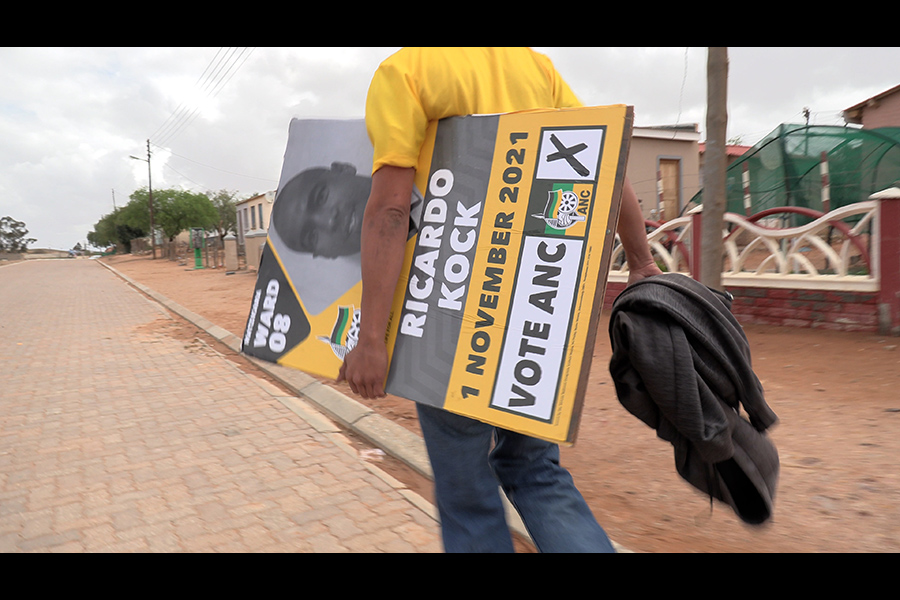
Ending and Beginning, Jacob Cloete
This film draws its inspiration from the hip hop mixtape. Hence, this particular film aims to experiment with the documentary film format. The film is centred on the image of the David Hlongwane statue at the University of the Western Cape and raises questions regarding politics and representation. Since it embraced the mixtape format, there are layers of sense-making in the film. The audience is thus encouraged to rewatch the film several times to uncover all the layers of sense-making. The film is provocative and will raise many questions and debates regarding several burning postapartheid issues.
Sight and sound – Experiment: I, Retha Ferguson
This work is a collaboration between Reza Khota and Retha Ferguson, both fellows at the CHR. Reza’s research concerns the archives of African guitar, and Retha’s research concerns a microhistorical approach to photographs.
The film arose from a theoretical prompt offered by Reza Khota and resulted in an exploration of colour and musical tonality/atonality. The prompt given by Reza is from Kofi Agawu’s book Tonality as a Colonising Force in Africa:
Limited and limiting, the language of hymns, with its reassuring cadences and refusal of tonal adventure, would prove alluring, have a sedative effect, and keep Africans trapped in a prisonhouse of diatonic tonality. For the colonised, on the other hand, hymn singing was a passport to a new and better life; it was a way of ’speaking’ a new language, one that was moreover introduced by self-announced enlightened Europeans; it promised access to some precious accoutrements of modernity and eventually a place in heaven. Hymn-based tonality has by now spread throughout Africa, encompassing a wide variety of musical forms and genres. In urban popular music from highlife to hiplife, afrobeat to soukouss, and mbaqanga to benga, chord progressions are often anchored by a tonic-dominant polarity.
Retha did her master’s degree on the microhistories and intimate business praxes amongst migrant entrepreneurs and informal businesses in Voortrekker Road, Cape Town. In this film experiment, she uses colourful abstract images from this road alongside atonal music to initiate a discussion between the disciplines of music history and visual history.
Death [Click] Dying, by Iona Gilburt
Death [Click] Dying is a short and highly experimental work that brings together Tooth and Nail archival footage with screen recordings and shots assembled during the 2021 Kinetic Objects Reading Group, which Gilburt attended via Zoom. This course was centred around the question “What does it mean to be human in a world of animated things?” Continuing from these academic inquiries, this film reflects on the ever-changing relationship between the human and technology in a time when we have entered an intensified period of blended learning underpinned by great loss: loss of not only life but of potential and of potential futures. While the click of the mouse disrupts temporality and disperses our attention, we are presented with the disconcerting mirroring of the Zoom screen.
In 1970, roboticist Masahiro Mori posited the increasingly prophetic concept of the Uncanny Valley. Mori’s intuitive and fascinating essay advised designers against approximating the human form too closely, lest one slide into the eeriness of the Uncanny Valley, taking one closer to the sense of death. For Mori, the Bunraku puppet, a tradition embraced by Handspring, offers an intervention – a way out. Death [Click] Dying presents Handspring’s Tooth and Nail as a startling encounter with Mori’s essay. The footage is further assembled around the five stages of grief posited by Elisabeth Kübler-Ross. This film employs juxtapositions as an invitation to discussions that extend across several research platforms at the CHR.
The Double Futures of Athlone, Premesh Lalu
For the film showcase, Premesh Lalu shared clips from his current documentary project The Double Futures of Athlone, which is being developed into a feature-length documentary film that engages with themes from his book Undoing Apartheid (currently under review at Polity Press, UK). Both film and book attempt to grasp an undiagnosed symptom of apartheid: the apartheid of the everyday, or petty apartheid. Despite its designation as petty, it remains a virulent and repetitive feature of the inheritance of apartheid. Working through this film in Athlone was a way to draw together several questions around this often repressed aspect of apartheid, which we have neither accounted for nor unravelled and undone in its intensity. Athlone is a place where art, technology, and race first encountered themselves in the filmmaker’s imagination. The film works through the problem of petty apartheid for which no archive in the more traditional textual sense exists. Double Futures and Undoing Apartheid write a history through images in the absence of such archives. Double Futures is filmed by Blake Steenkamp and edited by Khalid Shamis, with sound design by Warrick Sony.
Unlock, Simone Momplé
This is a story of an unforeseen journey that the main character Simone finds herself on. In the beginning of 2020, the vision was set, the goals were in place, but the execution could not happen. Simone was an expressive dancer who constantly created spaces for people to dance. She hosted dance workshops, she taught people to find new locations to dance, and she even brought together several hundred students to dance with her at a stadium. For someone who was always prepared for the unexpected, she never expected she would be forced to be still. Lockdown 2020 not only shut the world down, but her dreams too. A dancer with the vision of making the world dance again, one step at a time, could not even move herself anymore.
This film takes on an impressionistic approach. The main character, who is also the director, allows a unique, self-reflective approach to this film. The rhythm of this film displays the dichotomy of movement and stillness. The soundscape is designed with natural sounds or silence. Music is intentionally not used because it would have been expected with a film about dance. What Simone is trying to communicate is how to move or dance without the usual traditional elements needed to dance, such as music. All the locations chosen in this film have unique and intentional elements which add to the story and style of the film.
Shadow, Sipho Ngxola
Filmed and edited by Sipho Ngxola, Shadow is a multimedia video clip that makes use of shadow puppetry as its main element. Shadow puppetry, as with all puppetry, is employed to express and share elements of storytelling that cannot necessarily be expressed live on stage. The shadow form does away with unnecessary detail, holding onto what is most essential, leaving an absence of detail that is filled in by the viewer’s imagination. In this case, the proposed shadow work was filmed and edited using simple technologies: an overhead projector in combination with cut out forms and transparency film drawings. The full production tells the history of sign language in the USA and Europe and many of the artists are hearing impaired; shadow puppetry therefore holds a potency with its omission of detail. The cast in this instance is small and the actors are likely to be on stage as characters throughout. As a result, the shadow work would be filmed, edited, and revealed as projected imagery.
The puppetry performance was conceived and directed by Craig Leo and performed by Siphokazi Mpofu, Luyanda Nogodlwana, and Roshina Rothman. Mpofu, Nogodlwana, and Ngxola are part of Ukwanda Puppets and Designs Art Collective, Artists in Residence based at the CHR. In addition to Shadow, Ngxola is currently working on a film about his childhood memories of violence and cattle theft in the Tsolo District of the rural Eastern Cape.
One Take Grace, Khalid Shamis
Keeping in line with the film course for 2021, the clips that I chose show how one can use limited material and low-resolution images combined with voice and sound to create arresting and intriguing story. In this instance Ma Grace, the protagonist of Lindiwe Matshikiza’s One Take Grace, tells us of her journey as a young teen from where she was born into the big bright city of Johannesburg. Over the two-minute sequence, we start with a portrait picture of a bright-eyed Grace close up on her face. As we slowly pull out and Grace recounts this moment in her life, the full-length picture steadies and holds for some moments. Slowly the background of the image of young Grace disappears, leaving just Grace cut away from her rural background while a nighttime car journey taken on a phone fades in to replace the background. We are left with just the cut out of Grace in centre frame as the scene becomes a moving shot at night into the bright new city and into her bright new life.


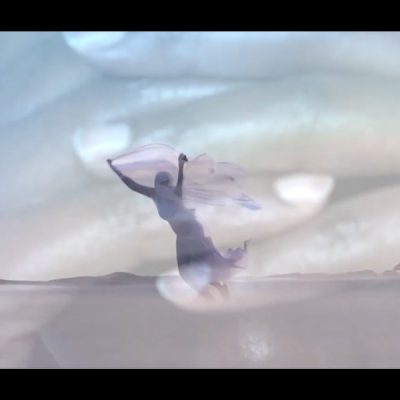
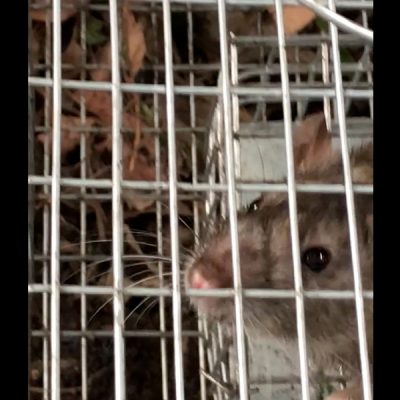
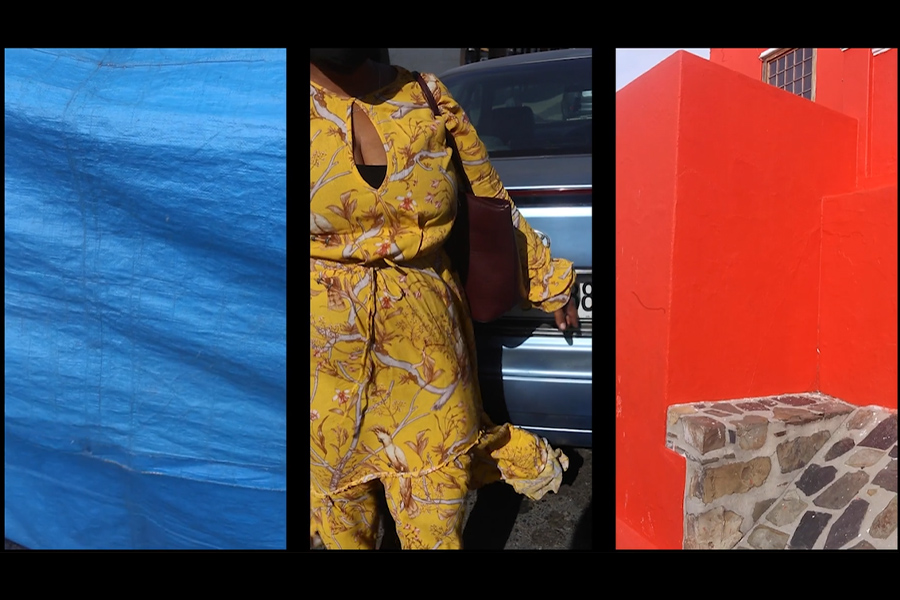
![Four stills from Death [Click] Dying, by Iona Gilburt Four stills from Death [Click] Dying, by Iona Gilburt](https://www.chrflagship.uwc.ac.za/wp-content/uploads/2022/02/Four-stills-from-Death-Click-Dying-by-Iona-Gilburt.jpg)
